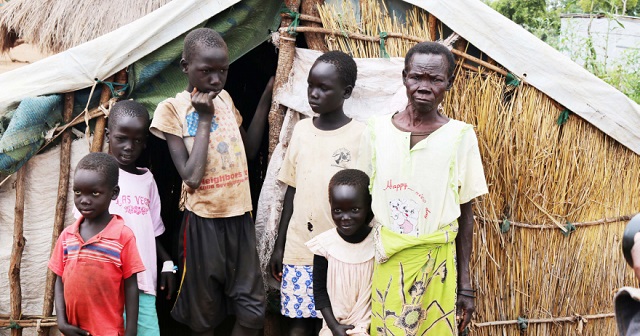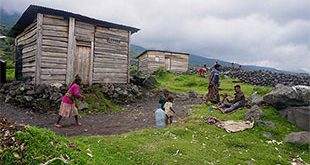
Local NGOs face challenges of financial management, fundraising personnel and governance
Kampala, Uganda | JULIUS BUSINGE | A new report published by Oxfam indicates that Uganda received more funds for humanitarian support for the year 2017 compared to 2016.
Dubbed “Money Talks II” Assessing Humanitarian Funding flows to local and national actors in Uganda from 2016-2017”, the report was unveiled on Dec.09 at Mestil Hotel in Kampala by Minister for Relief, Disaster Preparedness and Refugees Hilary Onek, who applauded donors for supporting efforts by government to improve livelihoods for the poor.
The two years that are covered by the report show an unprecedented and continuous influx of refugees into Uganda, which put enormous pressure on communities, the land and the capacities of humanitarian and development actors.
Large scale humanitarian responses were required to meet the breadth and scale of need, the report says. Uganda currently has approx.1.4million refugees according to data from government.
Anita Kattakuzhy, the humanitarian policy advisor on localisation at Oxfam presented the findings of the study.
She said in a bid to support the significant increase in humanitarian need, the amount of International Humanitarian Assistance (IHA) flowing to Uganda more than doubled over the two years from $154million to $348.6million. Out of this figure, the share of this provided to Local and National Humanitarian Actors (LNHAs) fell, however, from 13% in 2016 to 8% in 2017.
The government of Uganda was the largest recipient in both years in line with signposted transition planning through UNHCR’s Comprehensive Refugee Response Framework (CRRF) in Uganda, but the proportion of total annual IHA received by the government fell from 8.3% in 2016 to 4.7% in 2017.
LNHAs benefited from increases in volumes of direct funding between 2016 and 2017 but fell further behind international agencies in terms of the proportion of overall IHA received. Although volumes of indirect funding to LNHAs increased from $20.6million in 2016 to $29.3million in 2017, they received a lower percentage of total annual IHA due to the large growth in total aid from 2016 to 2017.
United Nations agencies and other multilaterals passed increasing volumes of funding to the government of Uganda (up from $12.8million in 2016 to $16.3million in 2017) but not at a level commensurate with the overall growth of IHA to the country.
UN funding levels to the Uganda Red Cross Society stayed the same from 2016 to 2017 at $1.8million, despite a doubling of IHA over the period.
On the other hand, funding to national NGOs by UN agencies fell from $3million in 2016 to $1.9million in 2017.
This was attributed to the struggle by UN agencies to commit fully to the localisation agenda due to increased compliance requirements either internally or from donors.
In addition, the report indicates that international NGOs showed a growing trend to pass funds down to National NGOs (such funding increased from $1m in 2016 to $4.1million in 2017) but they provided minimal levels of funding to local NGOs – just $0.2 million in 2017.
This, according to the report, perhaps reflects both poor visibility beyond known actors and the fact that the increased compliance standards that NGOs are required to pass onto the transaction chain are bringing caution in passing funds down.
Improved partnerships
The report says that the quality of partnerships between international intermediary agencies (UN and INGO) and LNHAs has improved in the two years of this study period and there are is growing sense of trust and a greater desire for reciprocity in such relationships.
However, the report says donors’ reduced appetite for risk and the effect of more rigorous compliance requirements are apparent.
The INGO personnel acknowledge a gap between the spirit of intended partnerships and the realities forced upon them due to short-term funding, short-lead-in times for requests for proposals and increasing compliance requirements.
As a result, international agencies selectively share funding opportunities and thus limit the access of national agencies to information on funding.
Local actors perceive this filtering to be driven by international agencies’ business models which require them to strengthen their respective funding portfolios, the report says.
It adds that national and local NGOs face challenges related to financial management, fundraising. These include personnel and governance which makes it difficult for them to access funding directly.
Participants at the report launch unanimously agreed that should be strict monitoring and evaluation of projects that are donor funded to prevent a repeat of reported misuse of funds for the past projects by both government and NGO workers.
 The Independent Uganda: You get the Truth we Pay the Price
The Independent Uganda: You get the Truth we Pay the Price


